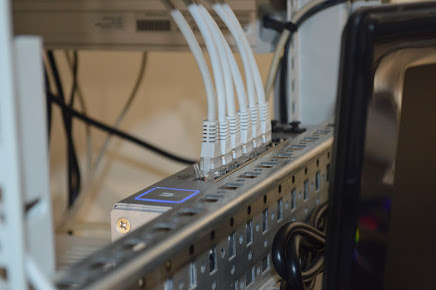Use of Ku Band and C Band in VSAT communications

Use of Very Small Aperture Terminal (VSAT) to has become popular today to provide proper SatelliteConnectivity in Africa and many other remote areas of the world where installation of terrestrial network is not feasible. There are several types of bands used for VSAT communications, like Ku-band, C-Band, and Ka-Band in Africa being the most popular ones. There former two are especially used quite extensively. Worldwide frequency regulator, International Telecommunication Union (ITU) initially defined C-band to be the first satellite band, and its frequencies range from 4Ghz to 8Ghz. VSAT C band has comparatively less focused signals than the Ku-band, which means that these signals are less affected by rain. The attenuation of C-band signal due to rain fading ranges from 0.4 dB to 1 dB. The c band is usually used for areas with heavy rainfall, including the tropical regions of Africa. Ku band, on the other hand, has more high-powered signals com...
